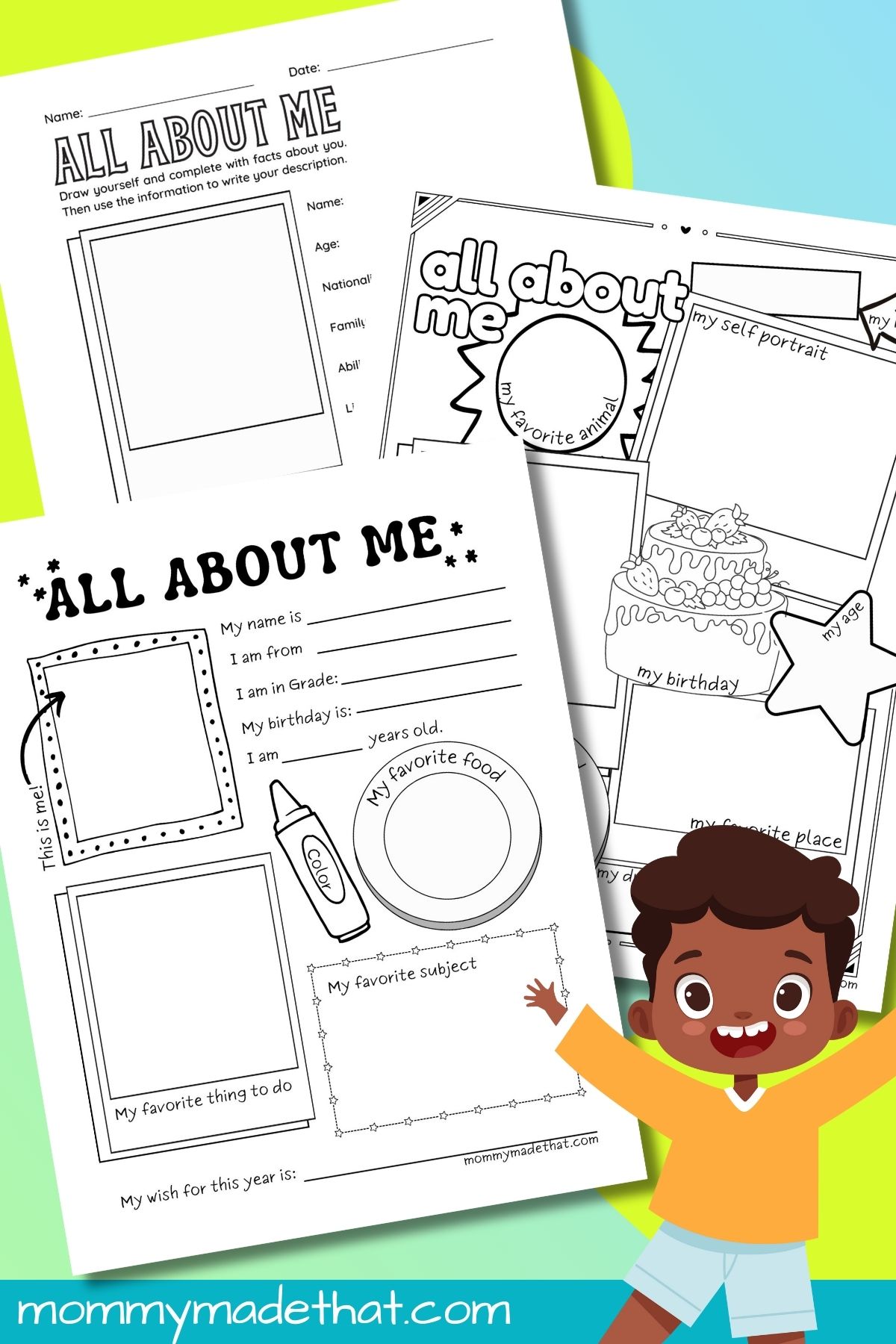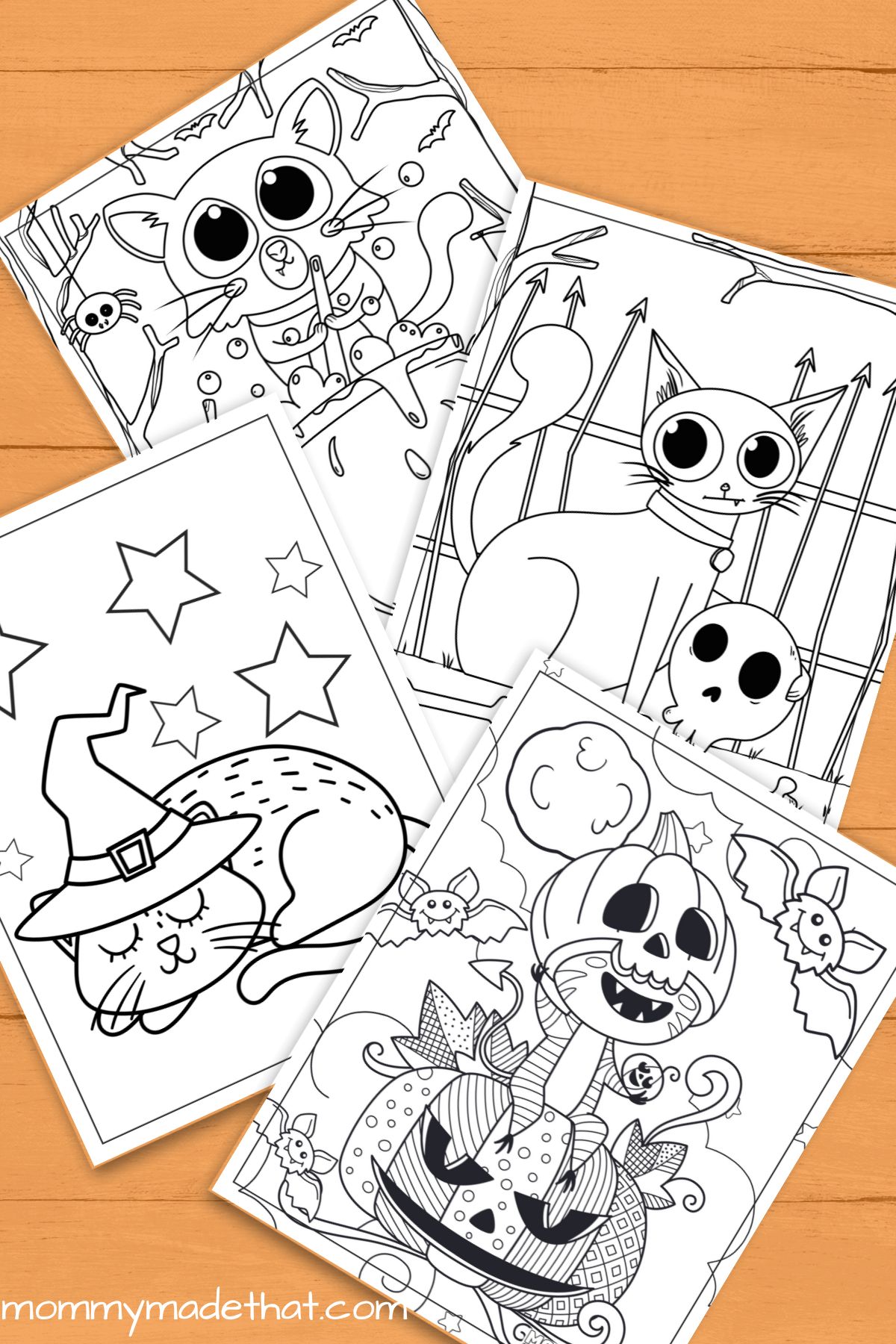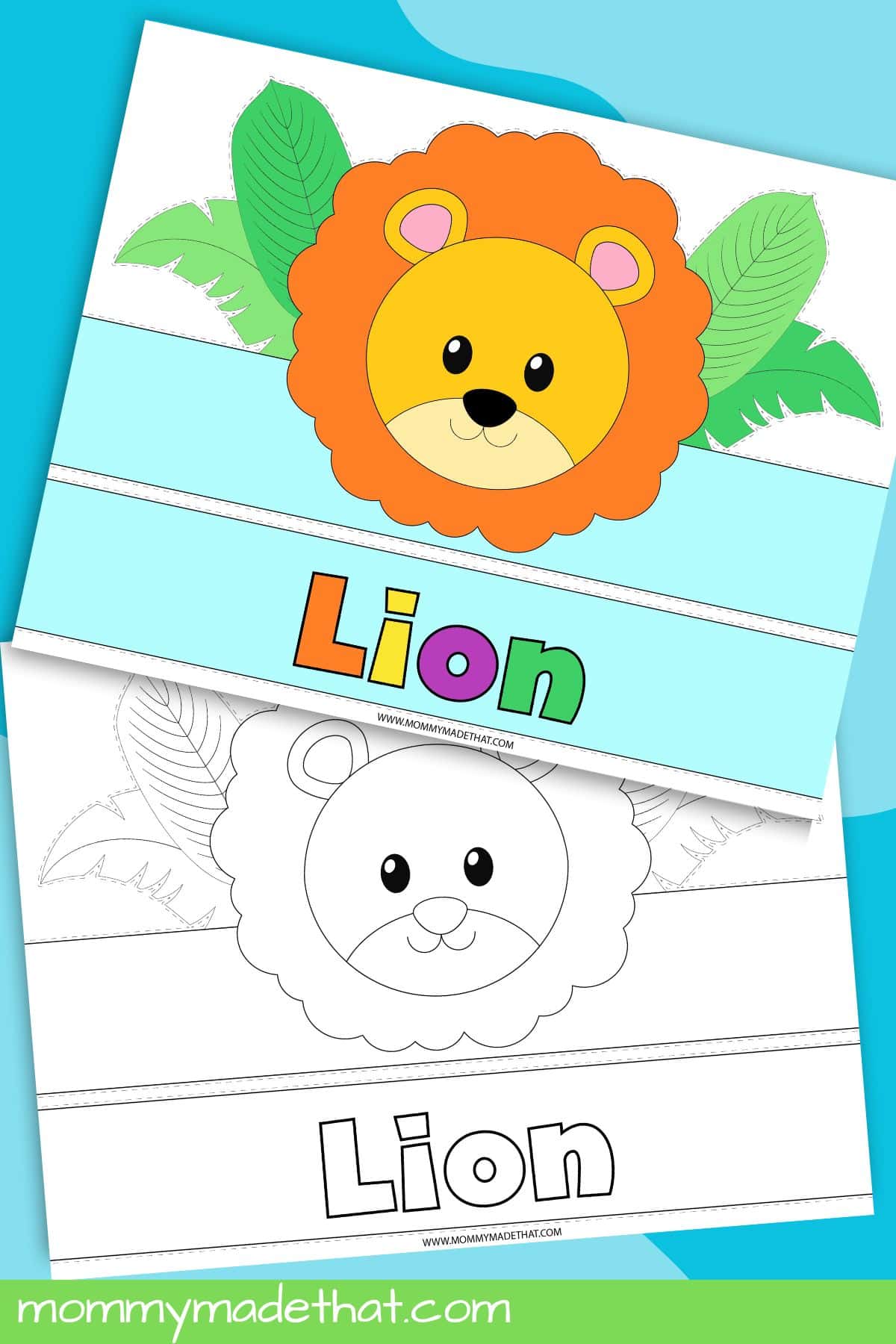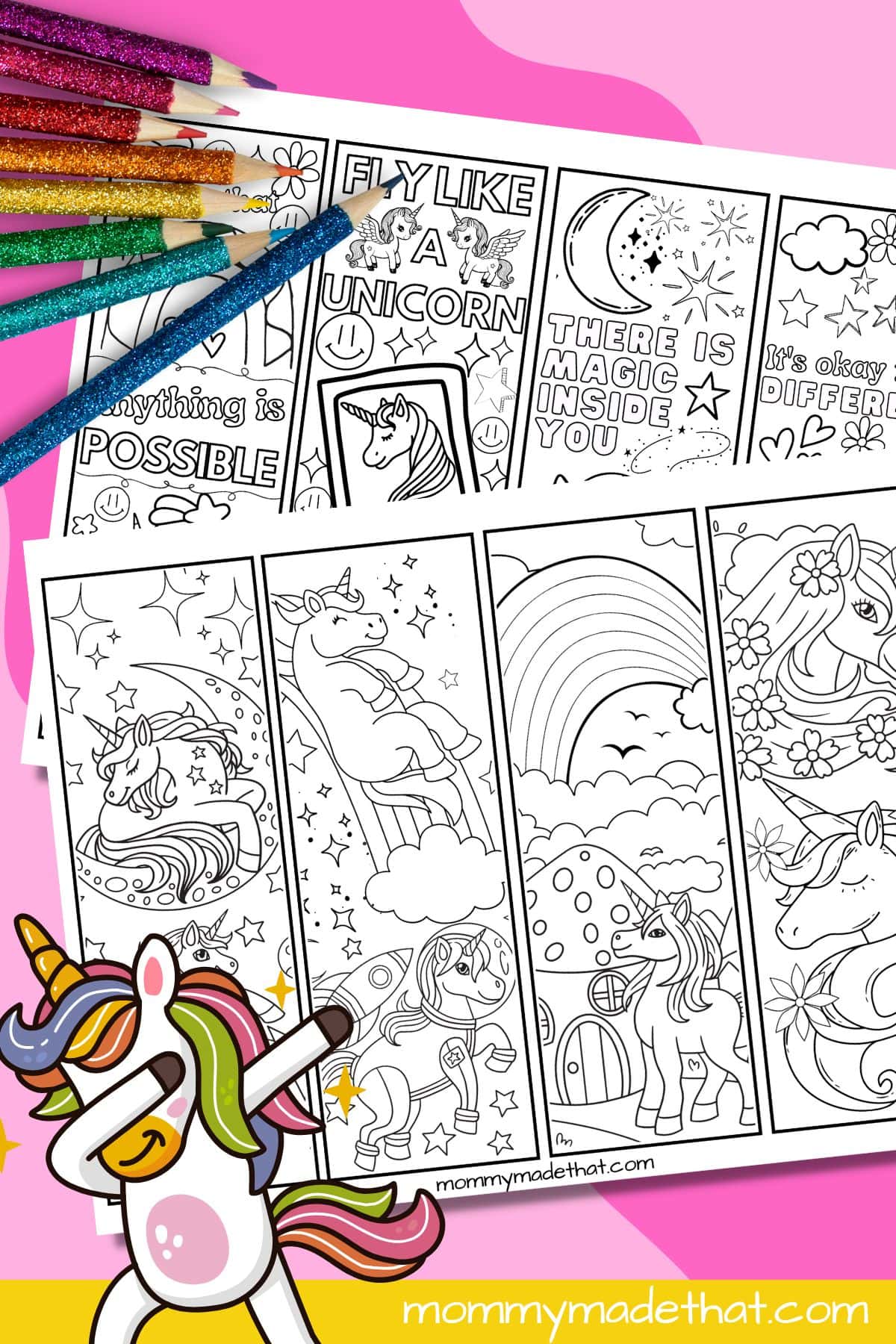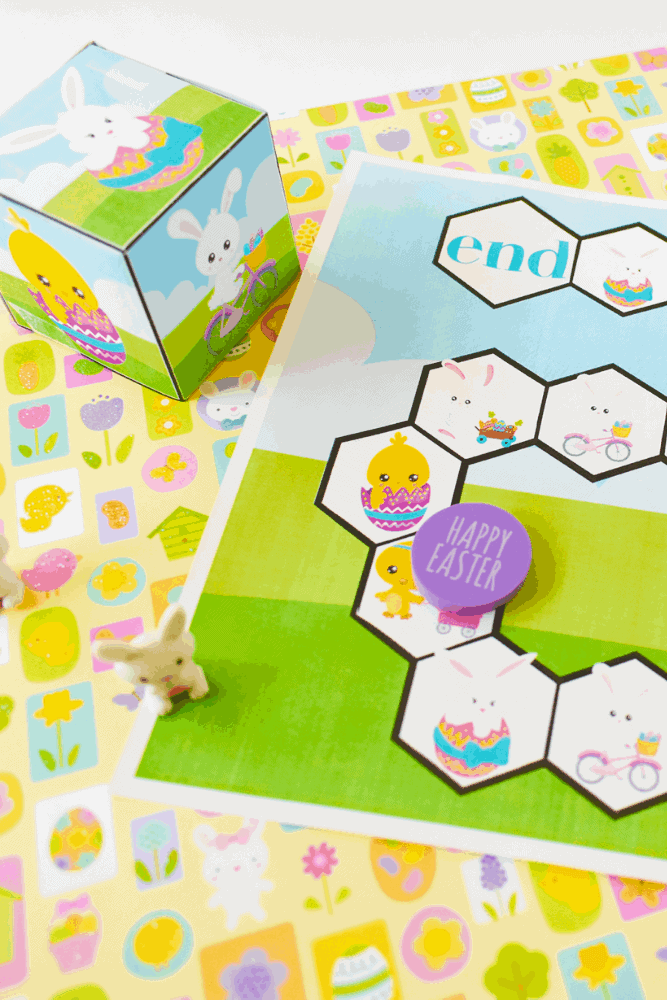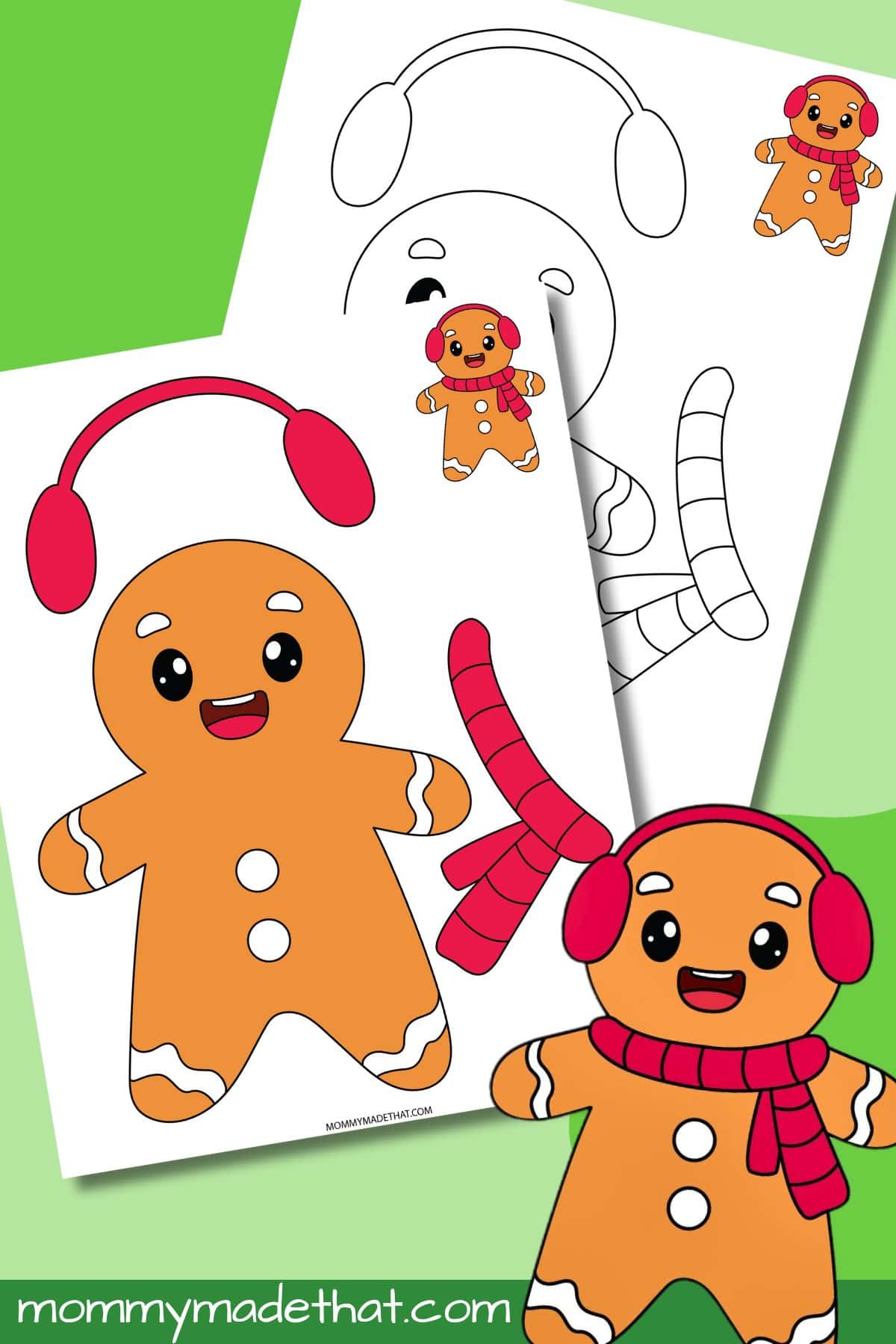Parts of a Penguin Worksheets
Today we’ve got this fun parts of a penguin worksheet. It helps kids learn more about the important parts of the penguin. We have tips too to reinforce why those parts are so important.
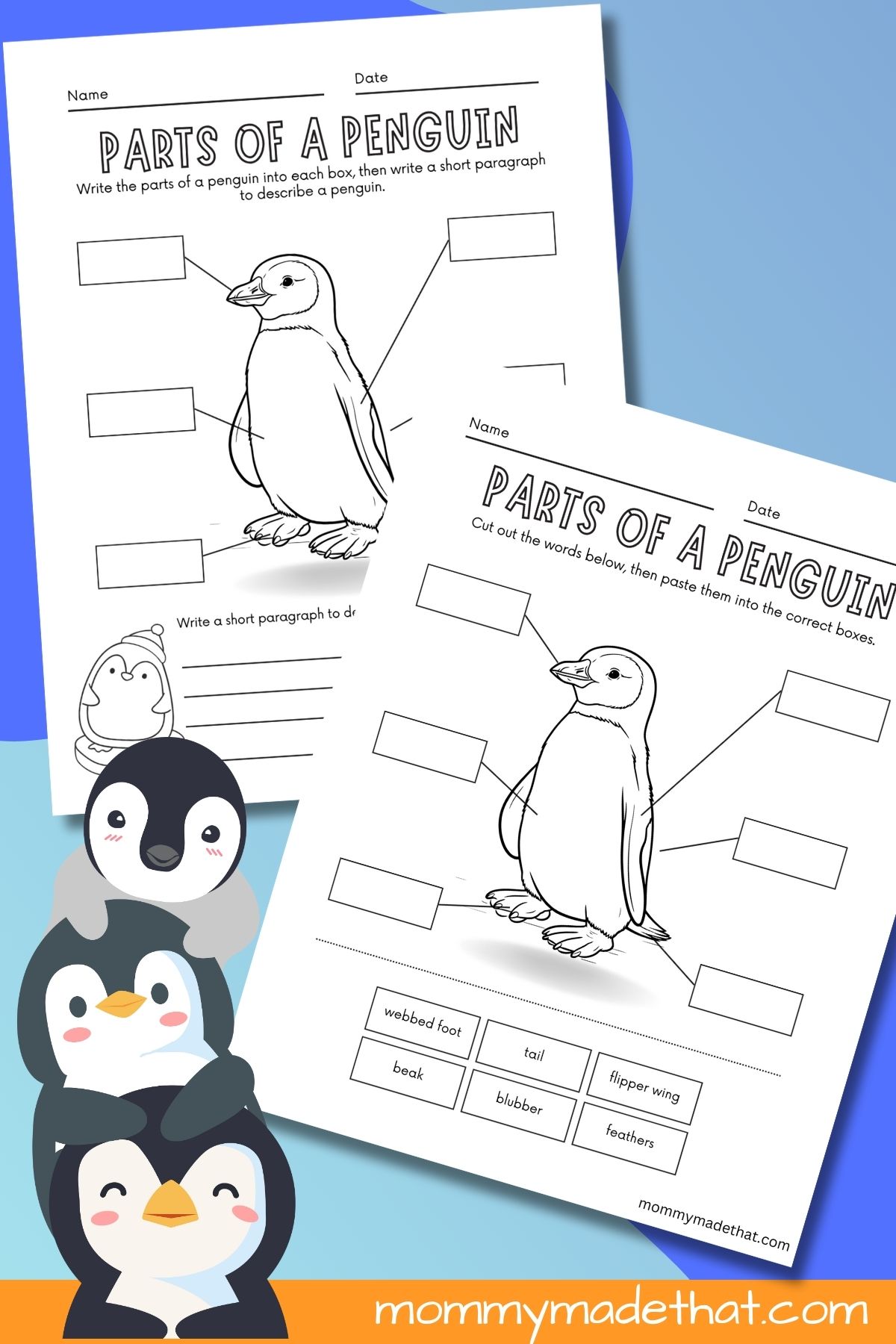
Are you ready for a chilly adventure into the world of penguins? Today, we’re excited to share a fantastic learning resource designed for kids of all ages: our “Parts of a Penguin” worksheet.
This worksheet comes in two versions, catering to different age groups, ensuring that every young learner gets the most out of this educational journey.
We’ve got tons of other great penguin ideas too, so be sure to check out all of our penguin crafts and activities.
Like our printable penguin craft, where you can cut and paste your own paper penguin.
We also have tons of fun penguin jokes and even penguin names so you can give your creations a fun fitting name. These resources are fun ways to engage kids in learning about penguins!
Table of Contents
The Worksheets
We’ve created two versions of this worksheet to make sure it covers both younger kids and older kids too.
Cut and Paste for Young Learners: For our younger children, the first version of the worksheet features an interactive ‘cut and paste’ activity.
This hands-on approach allows children to identify and place various parts of a penguin, such as the beak, flippers, and webbed feet, onto a penguin outline. It’s not only a fun activity but also a great way to develop fine motor skills and basic understanding of penguins.

Fill-in-the-Blanks for Older Kids: As for the older kids, we’ve crafted a more challenging version. This worksheet includes blanks next to each part of the penguin.
It invites children to write down the names of these parts, engaging them in a more in-depth learning process. Additionally, there’s a section where they can write a short paragraph describing each part and its function, enhancing their comprehension and writing skills.

Why Learn About Penguin Parts
Penguins are fascinating creatures with unique adaptations for life in icy environments. Understanding their anatomy helps kids appreciate biodiversity and the importance of conserving wildlife. It’s a perfect way to blend science with fun!
How to Use the Worksheet
Our worksheets are designed for ease of use. Just download, print, and you’re ready to go!
For the cut and paste activity, you’ll need scissors and glue. For the fill-in-the-blanks version, a pen or pencil will do.
Parents and teachers can assist younger kids with cutting and pasting, turning it into a delightful collaborative activity.
Facts About Penguin Parts
When using this worksheet make sure to discuss the intresting facts that go with all the parts of a penguin!
1. Webbed Feet: Penguins are renowned swimmers, and their webbed feet play a crucial role in this. Unlike typical bird feet, penguins have broader, webbed feet that act like paddles, making them excellent swimmers. These feet help them navigate swiftly through the water, aiding in hunting and escaping predators. On land, they use their feet to waddle, which is an adorable sight but also a practical way to conserve energy in their harsh, cold habitats.
2. Beak: The beak of a penguin is a powerful tool. It varies in shape and size among different penguin species but is generally strong and sharp. Penguins use their beaks to catch fish, their primary food source, and to groom their feathers to maintain their waterproofing. Some species have a hook at the end of the beak to grasp slippery prey better.
3. Tail: While it might seem like a small part of their body, a penguin’s tail is quite significant. It’s short and stiff, and penguins use it for balance when they stand upright. The tail also acts as a prop on land, helping them maintain their posture when they slide on their bellies, a movement known as “tobogganing,” which they often use to move quickly across the ice.
4. Blubber: Penguins live in some of the coldest environments on Earth. To survive these frigid temperatures, they have a thick layer of blubber under their skin. This blubber acts as an insulator, keeping them warm in icy waters and harsh winds. It’s also a source of energy and helps in buoyancy when swimming.
5. Flipper Wings: Unlike birds that fly, penguins have evolved wings that are more like flippers, making them adept swimmers. These flipper wings are short, broad, and flat, designed for slicing through the water with great speed and agility. This adaptation allows them to “fly” underwater, a remarkable trait that helps them catch fish and other sea creatures with incredible precision.
6. Feathers: Penguin feathers are unique, providing essential insulation and waterproofing. They have dense, short feathers that overlap tightly, trapping air for warmth and buoyancy. Penguins also use an oil gland to coat these feathers, enhancing their waterproof effect. The dark and light pattern of their feathers serves as camouflage in the water, blending with both the ocean depths and the bright surface.
Grab the Free Worksheets
To grab the free parts of a penguin worksheet, put your email in the pink box below. We’ll send it straight to your inbox and let you know when we have more awesome freebies.
This is for personal or classroom use only please. Not for commerical use. Thank you!
We hope this worksheet brings joy and knowledge to your young learners. Penguins are more than just cute animals; they’re a gateway to understanding ecology, biology, and the importance of environmental stewardship. So grab your worksheets and embark on an educational adventure to the land of penguins!


